EN 71 is harmonised in the European Union under the Toy Safety Directive. This means that toys imported and manufactured in the EU must be fully tested and compliant with all applicable EN 71 standards.
In this guide, we explain what toy manufacturers and importers must know about EN 71 lab testing requirements, costs, and much more.
Content Overview

FREE CONSULTATION CALL (30 MIN)
 Ask questions about compliance requirements
Ask questions about compliance requirements Countries/markets:
Countries/markets:
 Learn how we can help your business
Learn how we can help your business
You will speak with:Ivan Malloci or John Vinod Khiatani
What is EN 71 testing?
EN 71 is a set of standards specifying toy safety. EN 71 covers chemicals and heavy metals, flammability, small parts, and mechanical properties.
The following EN 71 parts are currently harmonised under the Toy Safety Directive:
- EN 71-1: Mechanical and physical properties
- EN 71-2: Flammability
- EN 71-3: Specification for migration of certain elements
- EN 71-4: Experimental sets for chemistry and related activities
- EN 71-5: Chemical toys (sets) other than experimental sets
- EN 71-7: Finger paints
- EN 71-8: Swings, slides, and similar activity toys for indoor and outdoor family domestic use
- EN 71-12: N-Nitrosamines and N-Nitrosatable Substances
- EN 71-13: Olfactory board games, cosmetic kits, and gustative games
- EN 71-14: Trampolines for domestic use
The purpose of EN 71 testing is to verify if your product is compliant with all applicable EN 71 parts, as listed above.
What is tested under EN 71?
Here are some practical examples of aspects that can be part of an EN 71 testing procedure:
- Mechanical testing (i.e., small parts, sharp points, etc.)
- Flammability testing
- Lead content
- Mercury content
- Phthalates content
- Other chemicals
- Warning label check
Which products require EN 71 testing?
EN 71 testing is applicable to toys, as defined under the Toy Safety Directive. For instance, EN 71 testing can be applied to the following products:
- Plastic toys
- Electronic toys
- Plush toys
- Wooden toys
- Board games (defined as toys)
- Colouring books (defined as toys)
- Trampolines
Further, EN 71 testing is sometimes applied voluntarily to children’s products that are not defined as toys, and even to pet products. This is due to the fact that EN 71 sets, for example, mechanical and chemical restrictions that can still be relevant for products other than toys.
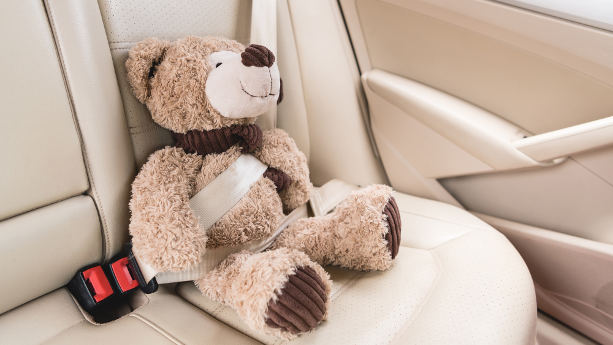
Is EN 71 lab testing mandatory?
Yes, EN 71 is harmonised under the Toy Safety Directive. This means that compliance with EN 71 is mandatory in order to demonstrate compliance with the Toy Safety Directive.
Testing according to EN 71 is necessary to verify that a product is compliant with all applicable parts.
In short, EN 71 testing is mandatory for products covered by the Toy Safety Directive.
EN 71 Test Cost Examples
EN 71 testing costs are generally determined by the following factors:
- Applicable EN 71 parts
- Age group
- Design/construction
- Small parts
- Materials
- Components
- Functionality
As such, the more materials and components that make up a certain product, the higher the testing cost. Likewise, a more complex design and construction can also result in higher EN 71 testing costs.
Example A: Wooden Toy Blocks
A set of wooden toy blocks is less expensive to test for the following reasons:
- No small parts
- Single material
- Wood is unlikely to contain DEHP or other restricted chemicals
I would estimate the range to be somewhere between 400 to 800 EUR.
Example B: Electrical Dinosaur Toy
A walking and talking dinosaur toy that contains moving parts and a battery would likely be on the higher end of the EN 71 testing cost spectrum for the following reasons:
- Potential mechanical hazards (small parts, sharp points, parts breaking off)
- Electrical hazard
- Plastics may contain restricted chemicals
- Each component will require individual testing
In this case, the cost may be anywhere between 2000 to 5000 EUR.
EN 71 Test Report Example
FAQ
Is EN 71 testing sometimes voluntary?
Yes, EN 71 testing is voluntary for products that are not covered by the Toy Safety Directive. For example, EN 71 testing is sometimes voluntarily applied to non-toy children’s products and pet products that lack specific standards. EN 71 testing can still be useful for the sake of verifying that a certain product meets the same strict requirements as toys.
Which companies offer EN 71 testing?
Here are some examples of companies offering EN 71 testing solutions:
- QIMA
- TUV Rheinland
- Eurofins
- Bureau Veritas
- SGS
- Intertek
You can find a more extensive list on this page.
Why do I need an EN 71 test report?
You need an EN 71 test report to prove that your product is compliant with all applicable EN 71 parts, which in turn indicates that the toy is compliant with the overall requirements of the Toy Safety Directive.
How do I know if EN 71 applies to my product?
If your product is defined as a toy by the Toy Safety Directive, then your product is likely subject to one or more EN 71 parts. You can find the definition below:
How do I know which specific EN 71 parts apply?
In my experience, most toys are subject to the following parts:
- EN 71-1: Mechanical and physical properties
- EN 71-2: Flammability
- EN 71-3: Specification for migration of certain elements
The other EN 71 can apply in addition to the parts above, but only to certain products. You can also ask a lab to help you determine which EN 71 parts apply.
At what stage should I confirm applicable EN 71 parts?
EN 71 covers mechanical and physical properties, which have a direct impact on the design and construction of the product. It’s therefore important that you know which EN 71 parts apply to your product before it leaves the drawing board.
It’s crucial that your designers understand EN 71 and its practical implications on product design and construction. Otherwise, you may end up sending an inherently unsafe and non-compliant product to production.
When should we arrange EN 71 testing?
My recommendation is that you arrange lab testing at two stages:
Pre-Production Samples/Prototype
Prototype testing before mass production can help you prevent a situation in which you mass-produce a product that is non-compliant by design.
Pre-Shipment Batch Samples
Batch sample testing is necessary for two reasons:
1. Confirm that the materials don’t contain excessive amounts of restricted substances
2. Final confirmation of physical, flammability, and other safety requirements compliance
Can I use an EN 71 test report from my supplier?
This can only be done in the scenario in which you buy an already-branded product. For example, you don’t need to get Mattel or Disney toys lab tested before selling in the EU. However, this is not the case when dealing with OEM or ODM manufacturers in Asia, or elsewhere outside the EU.
The reason is that test reports are product-specific, sometimes even only applicable to a certain production run or batch. As such, you cannot use a test report valid for a batch of toys produced several years ago, and use this as proof of compliance for an order you have not even placed yet.
This is the case even if the test report is valid for the exact same product, which is unlikely to be the case in the first place. The most common example is that suppliers offer old test reports, sometimes held by entirely different companies, to demonstrate that they are compliant.
Using old test reports is not a shortcut and can result in a forced recall. This happened to a company I was contacted by around a decade ago.
They had been importing toys from a wholesaler in Asia and relied on outdated test reports held by entirely different manufacturers and valid for products that did not match theirs. This was easy to spot, but the importer never cared to take a closer look at the test reports they had received. It may even have been the case that the wholesaler had merely downloaded these documents from the internet.
One day, the national market surveillance authorities knocked on their door and asked to see their EN 71 test reports and Declaration of Conformity files. After reviewing the test reports, they quickly determined that the test reports were invalid and issued a sales ban. I never heard from them again after that.
That said, we still take the supplier-held EN 71 test reports into consideration when assessing if a supplier has the capability to make EN 71 compliant products.
Are EN 71 test reports valid in the United Kingdom?
EN 71 remains a designated standard under the Toys Safety Regulations 2011. However, you should check that the EN 71 parts and versions listed in a test report remain the same as those listed as designated standards in the UK.
Are EN 71 test reports valid in the United States?
No, EN 71 is not a recognised toy safety standard in the United States, and therefore EN 71 test reports are not valid.
What is EN 71 certification?
EN 71 “certification” is a term used by some in place of EN 71 lab testing. Note that there is no official EN 71 certificate described in the Toy Safety Directive.
How do I know if a supplier is EN 71 certified?
EN 71 test reports are only valid for a specific product and material specification.
An EN 71 test report is not applicable to a factory or brand as a whole, in the sense that it certifies that all their manufactured products are, by default, EN 71 compliant. There is no such thing as an ‘EN 71 factory certificate’ either.
Will the new EU Toy Safety Regulation require EN 71 testing?
Yes, that is what we expect. It is likely that EN 71 will remain harmonised under the new Toy Safety Regulation in the EU.

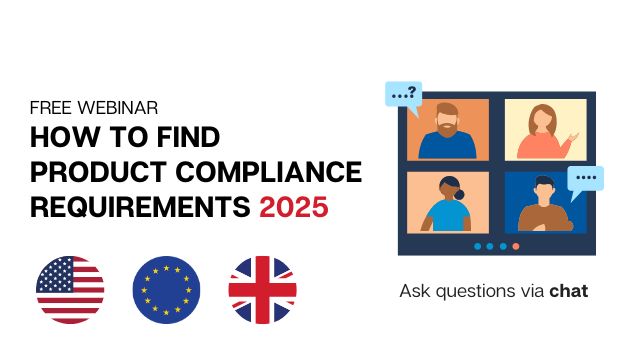
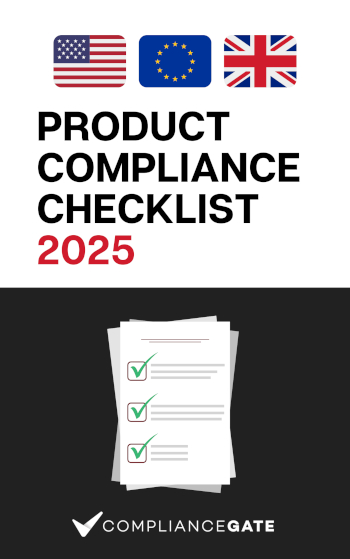




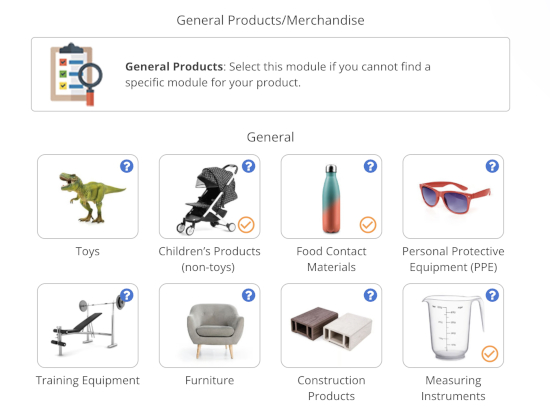






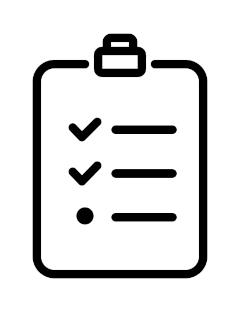

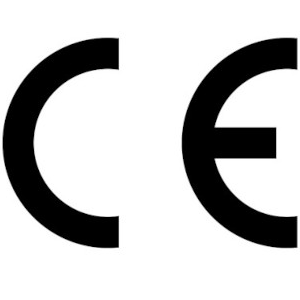




.png)
.png)
.png)
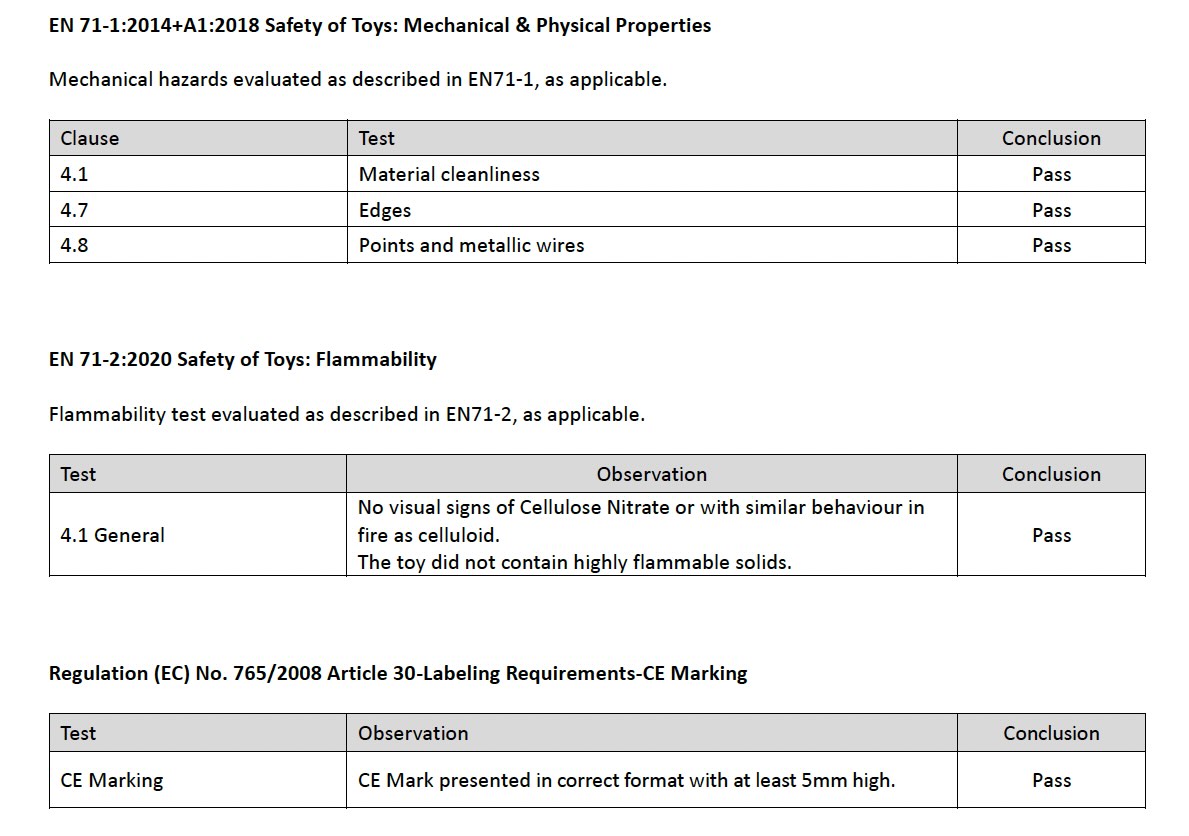
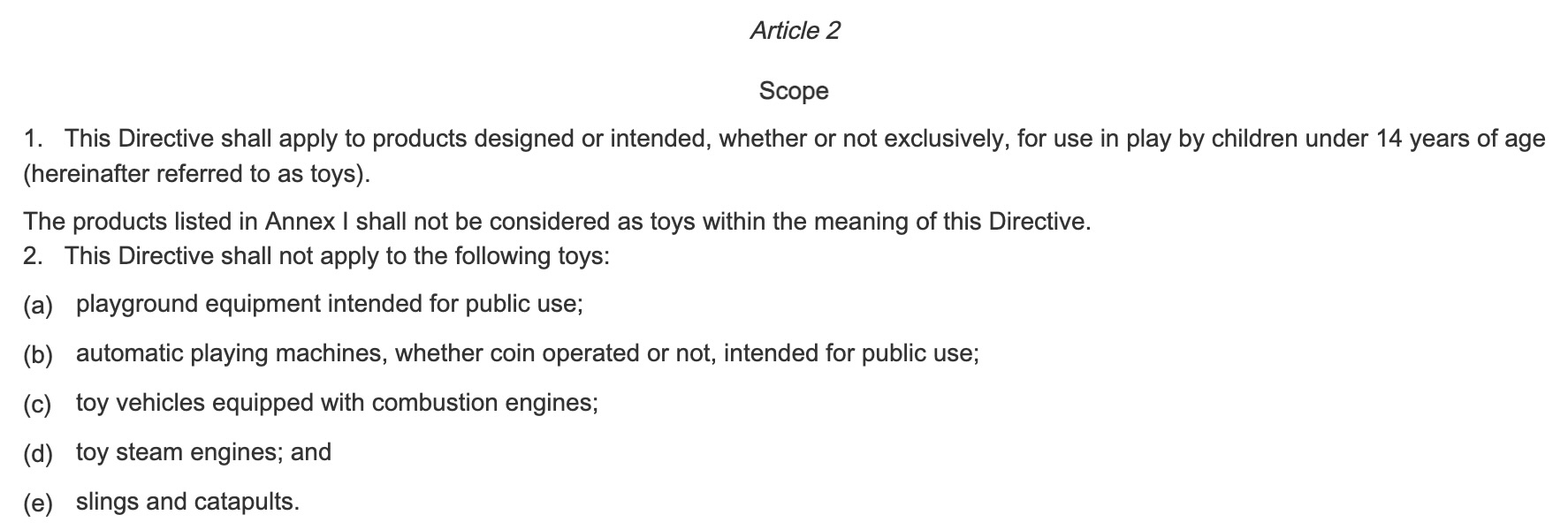
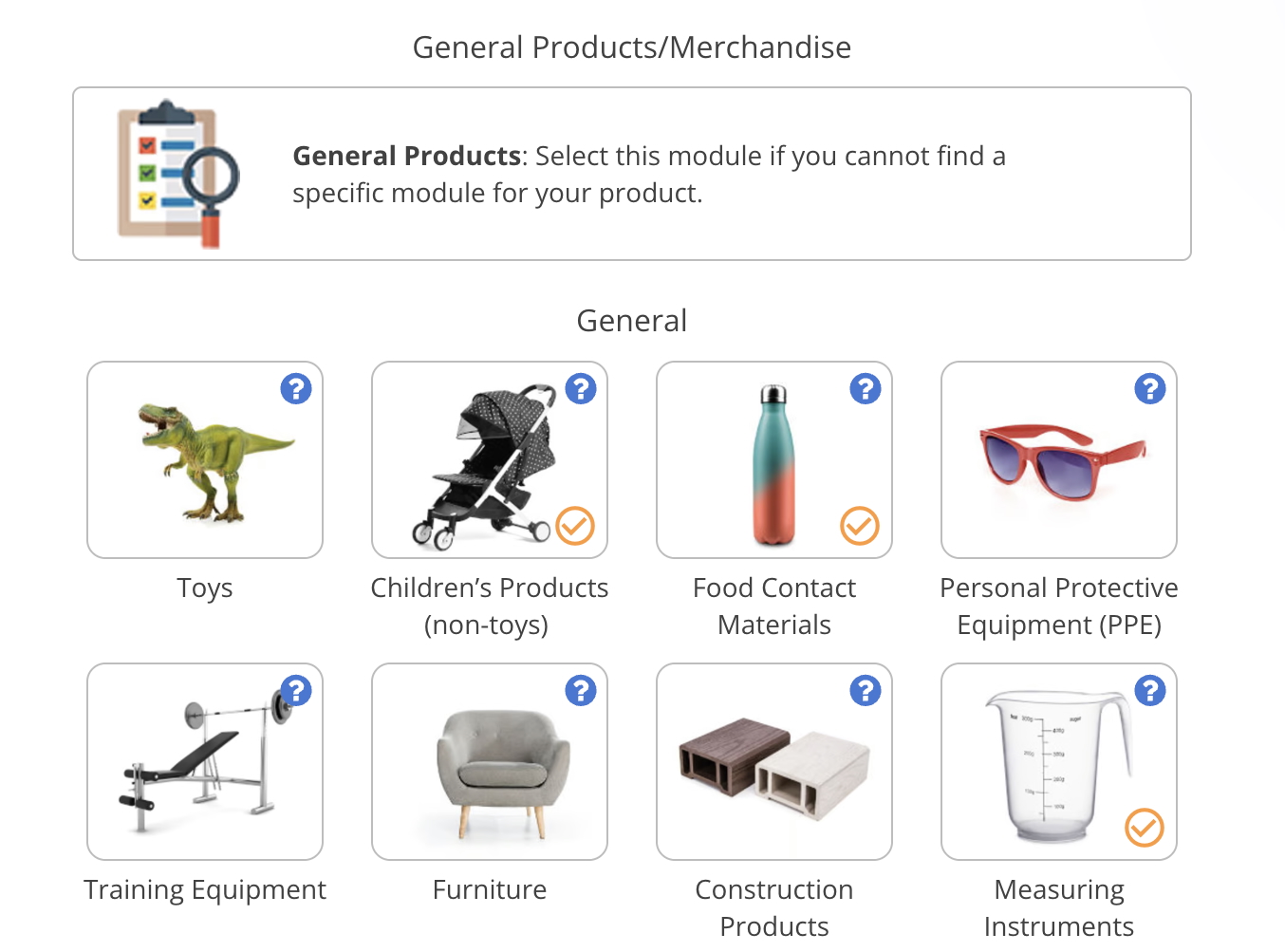


HI Fedrick,
Does testing need to be done for every new batch that is produced?
For example: If I import 1,000 units of an animal wooden puzzle this month and have that batch tested, do I need to test the next batch if I import another 1,000 units of the same puzzle six months later?
The manufacturer of the puzzle has EN71 in place but will be creating puzzles with new designs for me
I am producing a cuddly toy and my manufacturers have offered EN71-1 2 and 3 or that it will be cheaper if I just do EN71-3. How do I find out if that will still be complaint for the product?
Hello Sally,
Yes, it will of course be cheaper if you do less testing. The problem with this approach is that EN 71-1 and EN 71-2 are absolutely crucial when it comes to toys.
Do not let your supplier (especially if they are not in the EU) decide on how to ensure product compliance.
You will need to arrange testing, if you want to verify compliance. You will also need these test reports to support the DoC.
What is the difference between EN 71-3 vs. EN 71-9?
Hello Calene,
I think they cover different types of substances.
Hi we sell Fabric Dyes – what do we do about testing for EN71 compliance?
Hi, I intend to produce a card text based game which consists of printed paper only, would this need to be tested?
We need GSO EN 71-6: 2009 Safety of toys – Part 6: Graphical Symbols for age warning
what’s the process for this, please
Hi Fredrik,
What class of EN71 will be applicable on toy appealing cushion for the children above age 3.
cushion has no sharp edges to loose detachable part. also ‘ it mentioned on care label that this cushion is not a toy.
Hi Deepak,
We cannot provide standards assessments in the comment section. You need to ask a lab.
We are setting up a factory in Lucknow,. India.
for manufacturing wooden toys and dolls from age group of 2 yrs to 6 yrs.
Need certification of EN-71. and ASTM -17.
What are your facility and your charges.
Hi!
If a standard is updated, do I need to re-test the product?
Ex.EN 71-1:2014 was updated to EN 71-1:2014+A1:2018
Hi Emma,
I cannot say if you need to retest products that are already on the market, but you would need to retest future batches once the new version is valid.
Hi, I’m trying to understand the use of glues in making children’s wooden toys. I currently use a pva glue but there doesn’t seem to be a particular standard for specific glues or at least, I can’t find one. I am aware of the EN71 standards but no where can I find any mention of glue.
Do you know if glues are tested separately or are they ignored in the testing procedure?
Thanks.
Hi Ron,
I doubt glue is ignored. I can imagine that the substance restrictions in EN 71 (Part 3?) and REACH restrics chemicals in glue.
Hi Niki,
We produce children’s books in China. They are classified as toys, because they have some removable pieces in cardboard. They are marked as 36 months and older, and we passed all the EN71 tests, ever.
The same format of books come with different printing. The same client that bought the same format from the same factory, is asking us for new tests for every batch. Is that necessary?
Is there a due date for tests?
Thanks!
Hi Fredrik, there is a limitation on which laboratories could perform EN71 tests?
For example a laboratory on a university that has the equipment and the know how to do the EN71 tests but it’s not certified exclusively for EN71, can give valid tests that could be used for CE?
Is there a specific list of laboratories?
Hi Niki,
I have no idea if that’s allowed or not, or what market surveillance authorities may think about such testing practices.
How long is a testreport valid? Where can I find this?
Hi Griet, usually such information is written in the certificate
Hi Griet,
Test reports often don’t have a validity date, only an issuing date.